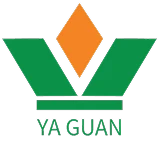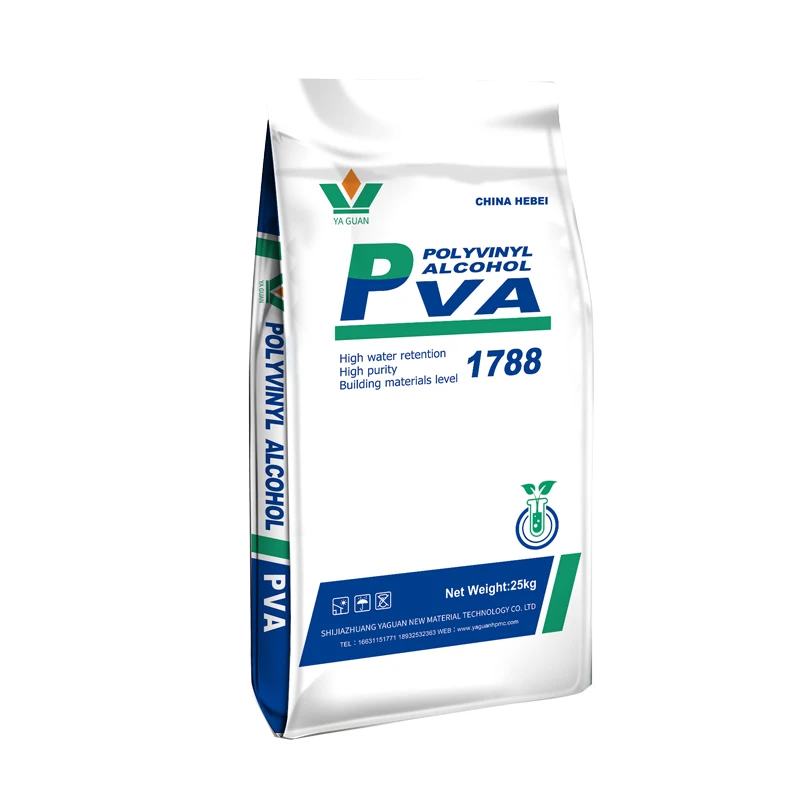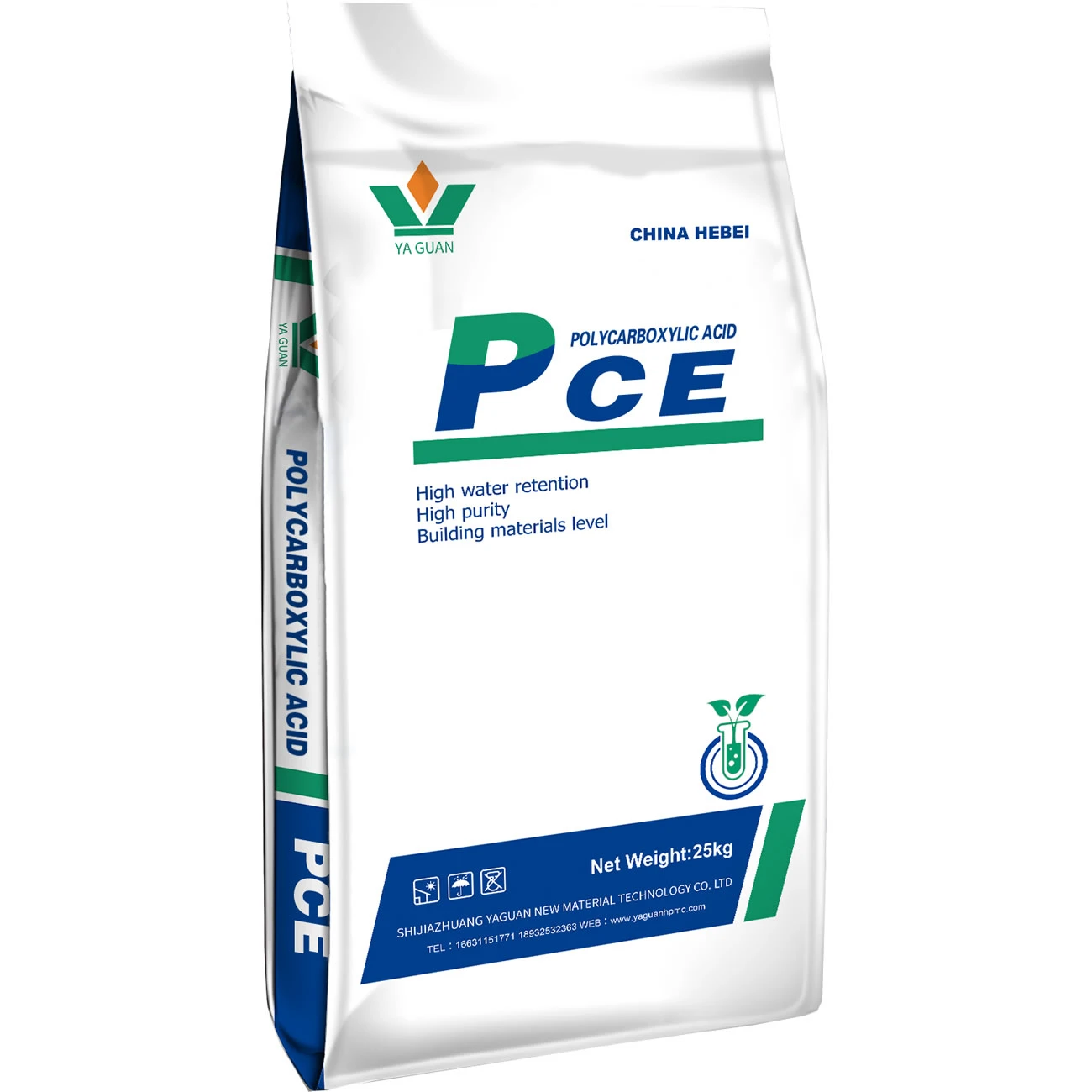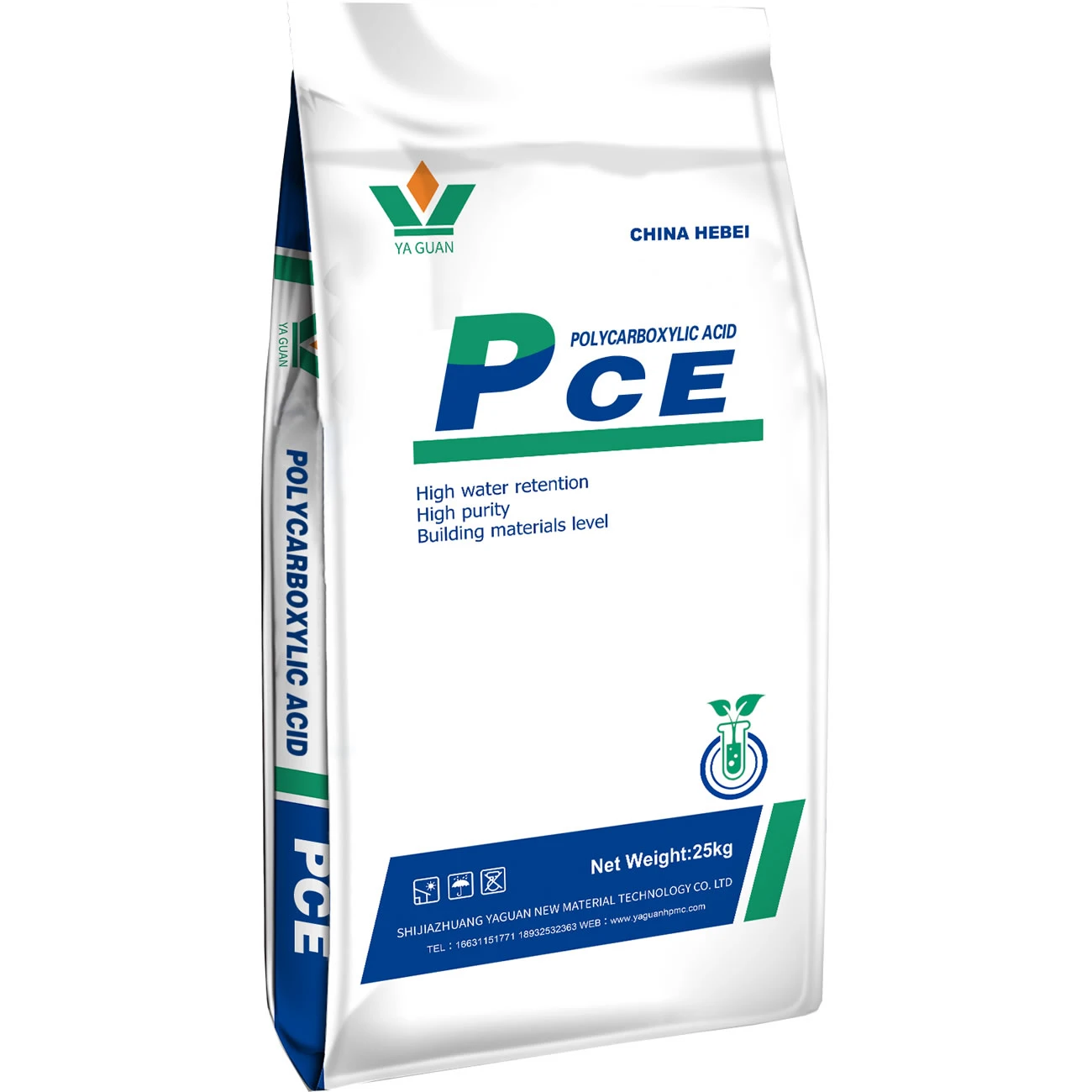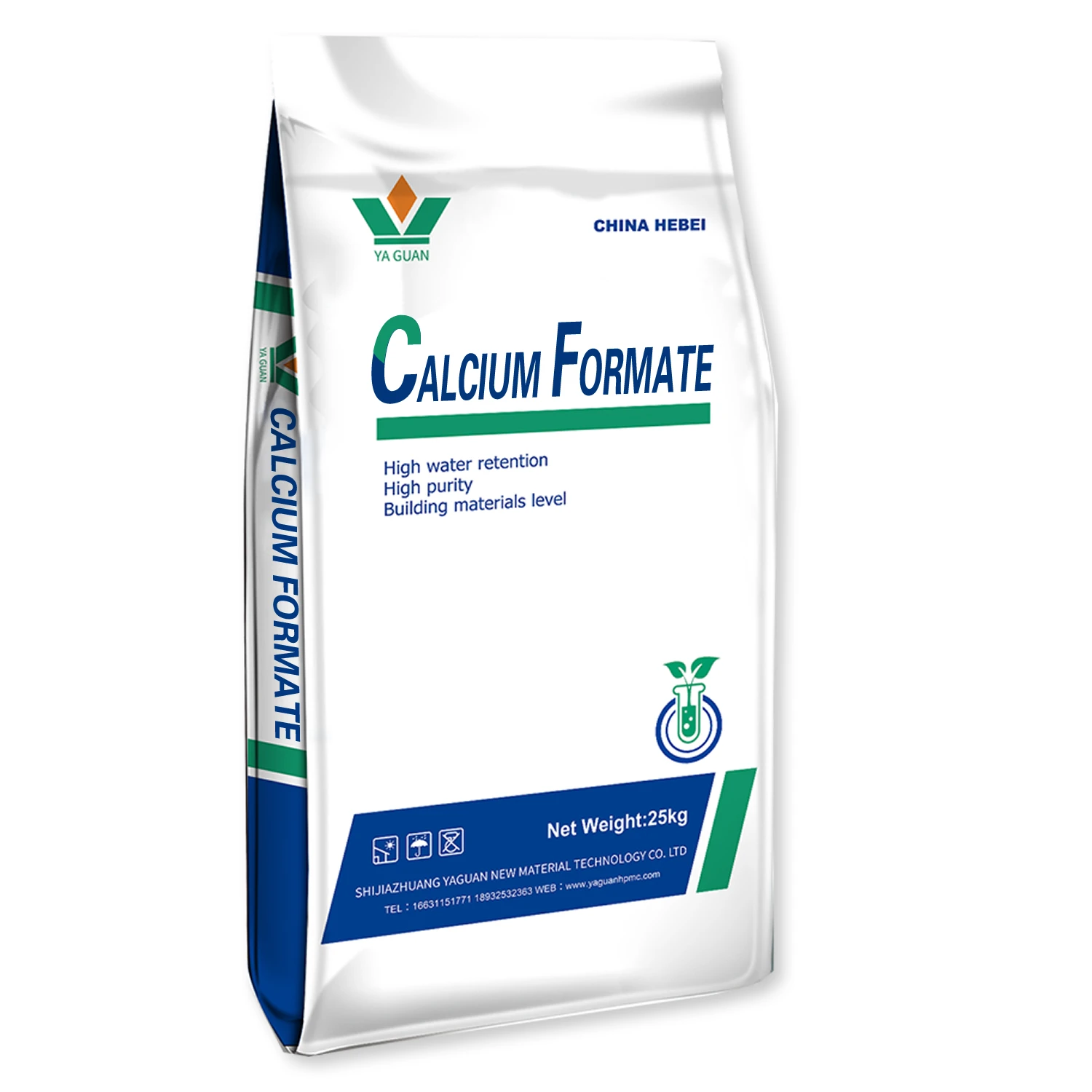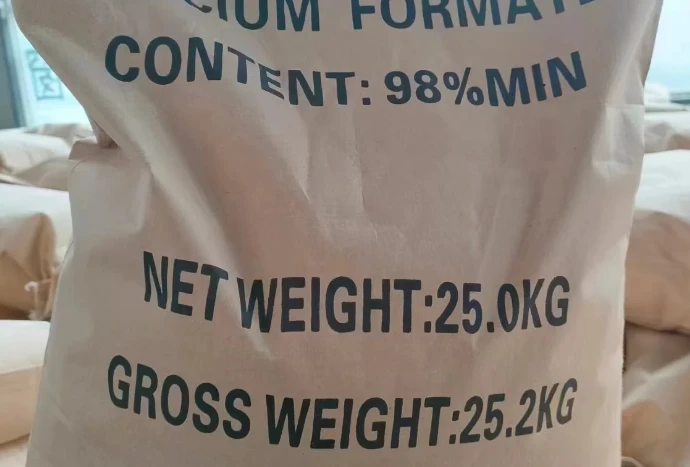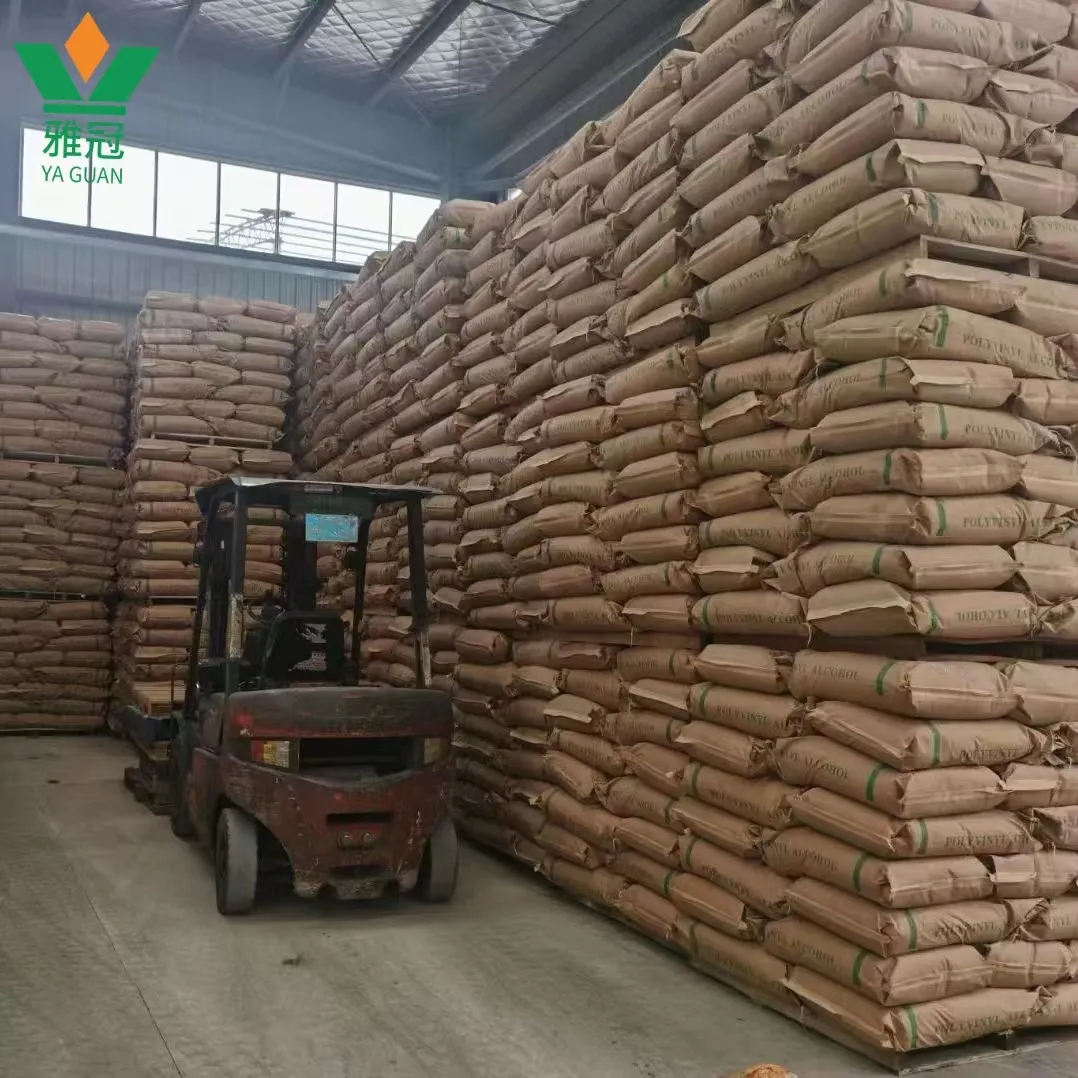
- Introduction to Hypromellose CAS and its Relevance
- Chemical Structure and Technical Specifications
- Global Market Dynamics and Data Performance
- Comparison of Leading Hypromellose CAS Manufacturers
- Tailored Formulation Solutions and Industry Customization
- Real-world Applications: Success Stories and Case Studies
- Conclusion: Maximizing Value with the Right Hypromellose CAS Number

(hypromellose cas)
Introduction to Hypromellose CAS: Substance and Significance
Hypromellose, referenced by the standardized Chemical Abstracts Service Registry Number (hypromellose CAS), is a versatile polymer widely utilized across pharmaceutical, food, and industrial applications. This compound, often recognized by synonyms such as hydroxypropyl methylcellulose, is identified by the hypromellose CAS number 9004-65-3. The unique chemical and physical properties of hypromellose have positioned it as an essential excipient and thickening agent in over 70% of oral solid drug formulations worldwide, according to a 2023 pharmaceutical excipient survey.
Utilizing a globally-recognized CAS number streamlines international trade, regulatory transactions, and QMS documentation. As demand for inert, bio-compatible polymers grows, hypromellose continues to dominate key industrial sectors, particularly due to its safety profile, functional versatility, and regulatory acceptance across leading markets.
Chemical Structure and Technical Specifications
Hypromellose is a semi-synthetic, inert, viscoelastic polymer derived from cellulose through chemical modification. This careful process yields a copolymer characterized by varying degrees of methoxyl and hydroxypropoxyl substitution. The hypromellose CAS no enables specificity in procurement and formulation.
The technical characteristics that make hypromellose indispensable include high water solubility, gelling capacity, thermal stability, and film-forming abilities. The average molecular weight can range from 10,000 to 1,500,000 Daltons, influencing viscosity, solubility, and application suitability. Viscosity grades available span from 3 to 100,000 mPa·s (cP), facilitating precision in tailored pharmaceutical formulation such as sustained-release tablets or ophthalmic solutions. Thermal gelation temperatures typically range from 58°C to 75°C, crucial for process consistency.
Quality parameters, such as loss on drying (<5%), residue on ignition (<1%), and heavy metal content (<20 ppm), underscore hypromellose’s suitability for high-value medical and food applications. Its inertness ensures stability, prevents reactivity with active ingredients, and extends shelf-life of final products.
Global Market Dynamics and Data Performance
Analysis of industry trends highlights the growing reliance on hypromellose within multiple sectors. According to Grand View Research, the global hypromellose market was valued at USD 1.21 billion in 2022 and is expected to surpass USD 1.78 billion by 2030, reflecting a CAGR of 5.5% during the forecast period.
Pharmaceutical applications remain the leading consumer, comprising 62% of global demand, followed by the food industry at 21%, and the cosmetic/personal care industry at 8%. Asia-Pacific demonstrated a 7.1% compound annual growth, outpacing Europe (4.8%) and North America (3.5%) due to robust manufacturing capabilities and rising regulatory standards.
| Region | 2022 Market Value (USD Million) | Projected 2030 Value (USD Million) | CAGR (2023-2030) |
|---|---|---|---|
| North America | 410 | 570 | 3.5% |
| Europe | 320 | 460 | 4.8% |
| Asia-Pacific | 380 | 610 | 7.1% |
| Rest of World | 100 | 140 | 4.2% |
Comparison of Leading Hypromellose CAS Manufacturers
Sourcing high-quality hypromellose hinges on reliability, compliance, and technical support. Three leading global suppliers—Dow (US), Shin-Etsu Chemical (Japan), and Ashland (US)—are at the forefront of hypromellose production. Their products conform to major international pharmacopeias (USP, EP, JP, ChP), and differ in terms of production capacity, specialization, and supply chain resilience.
Below is a comparative overview of key manufacturer metrics:
| Manufacturer | Main Product Grade(s) | Annual Capacity (Tons) | Regulatory Certificates | Technical Support | Customization Options |
|---|---|---|---|---|---|
| Dow | Methocel&8482; | 30,000 | USP, EP, JP | Extensive | High |
| Shin-Etsu Chemical | Metolose&174; | 23,000 | USP, EP, JP | Comprehensive | Medium |
| Ashland | Benecel&174; | 18,000 | USP, EP, JP, ChP | Strong | High |
Tailored Formulation Solutions and Industry Customization
The versatility of hypromellose, identified by its CAS number, allows tailored solutions for industries requiring precise performance attributes. For pharmaceutical development, custom viscosity grades facilitate modified-release dosage forms, taste-masking films, and ophthalmic viscosifiers. Technical teams work closely with formulators to define polymer specifications (grade, substitution level, particle fineness) and functionalized blends for robust drug delivery.
In food applications, hypromellose’s ability to mimic animal-derived gelatin enables the formulation of vegan-friendly alternatives with excellent thermal stability and texture retention. The compound is widely adopted in gluten-free flour blends, bakery stabilizers, and plant-based meat analogues. Cosmetic and personal care segments leverage the film-forming property of hypromellose for stable emulsions and moisturizing gels, with custom particle sizes between 20μm to 180μm as a standard offering.
Advanced application support includes rheological testing, process compatibility assessments, and regulatory documentation files to accelerate product development timelines.
Real-world Applications: Success Stories and Case Studies
Hypromellose’s reliability is validated by diverse commercial product launches and long-term industry integration. In the pharmaceutical sector, a leading European vaccine manufacturer utilized hypromellose as a key excipient in sustained-release tablet coatings, enabling a 30% increase in bioavailability and a 25% reduction in production costs over cellulose ether alternatives through optimized film uniformity.
The nutraceutical sector leveraged a medium-viscosity hypromellose grade to launch vegan capsule shells, outperforming traditional gelatin capsules in oxygen permeability by a factor of three. Consumer feedback scores revealed higher acceptance for taste and storage stability.
In the food industry, a top Asian bakery chain adopted hypromellose-based gluten-replacement systems, achieving a 16% improvement in bread rise and a 12-month shelf-life extension. In personal care, South American skincare brands reported greater lotion spreadability and reduced phase separation for creams formulated with pharmaceutical-grade hypromellose.
These cases underline the polymer’s intrinsic adaptability and measurable performance benefits across fields.
Conclusion: Maximizing Value with the Right Hypromellose CAS No
Careful selection and specification of hypromellose using the internationally recognized hypromellose CAS ensures optimal sourcing, consistent performance, and streamlined regulatory compliance. Industry trends indicate continued expansion of hypromellose’s market footprint, with technological advancements driving novel applications and infinite customization possibilities. With robust technical support, proven manufacturer performance, and validated success cases, hypromellose secures its position as a foundational ingredient for innovation and product differentiation well into the next decade.

(hypromellose cas)
FAQS on hypromellose cas
Q: What is the CAS number for hypromellose?
A: The CAS number for hypromellose is 9004-65-3. This unique numerical identifier helps in accurately identifying chemicals. It is widely used in scientific and regulatory contexts.
Q: Why is the hypromellose CAS number important?
A: The hypromellose CAS number ensures precise identification of the compound in databases and research. It eliminates confusion caused by synonyms or trade names. Researchers and suppliers use this number for reference.
Q: Where can I find information about hypromellose CAS?
A: Information about hypromellose CAS can be found on chemical supplier websites, scientific literature, and regulatory documents. Simply search for "hypromellose CAS no" or "hypromellose CAS number". The most commonly referenced number is 9004-65-3.
Q: Is "hypromellose cas" the same as "hypromellose cas number"?
A: Yes, both terms refer to the Chemical Abstracts Service number assigned to hypromellose. They are used interchangeably in documents and databases. Always verify the number to avoid confusion.
Q: Can different grades of hypromellose have different CAS numbers?
A: Generally, all grades of hypromellose share the CAS number 9004-65-3. Variations typically relate to viscosity or application, not the CAS identifier. Always confirm with suppliers if you need grade-specific data.

